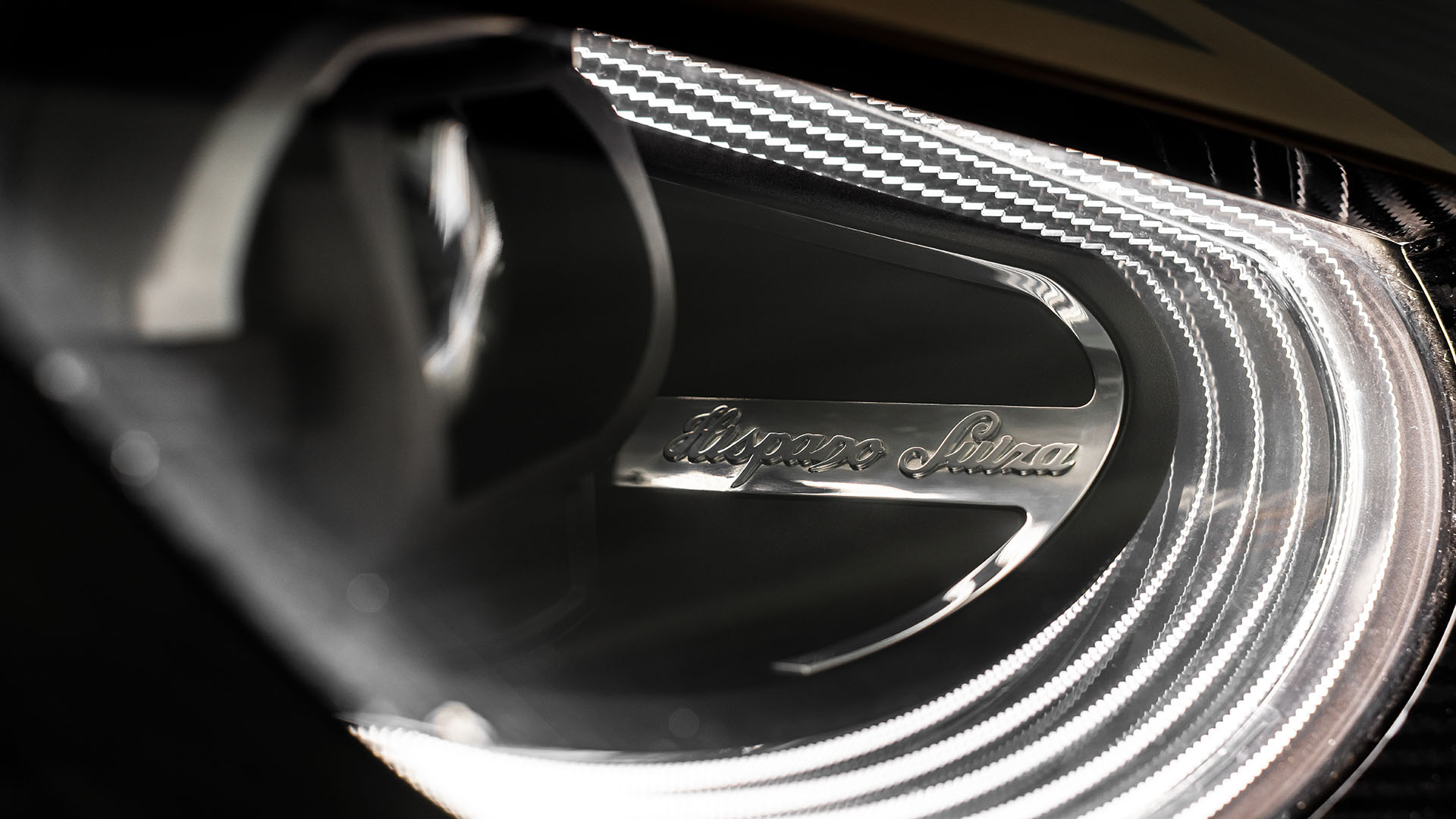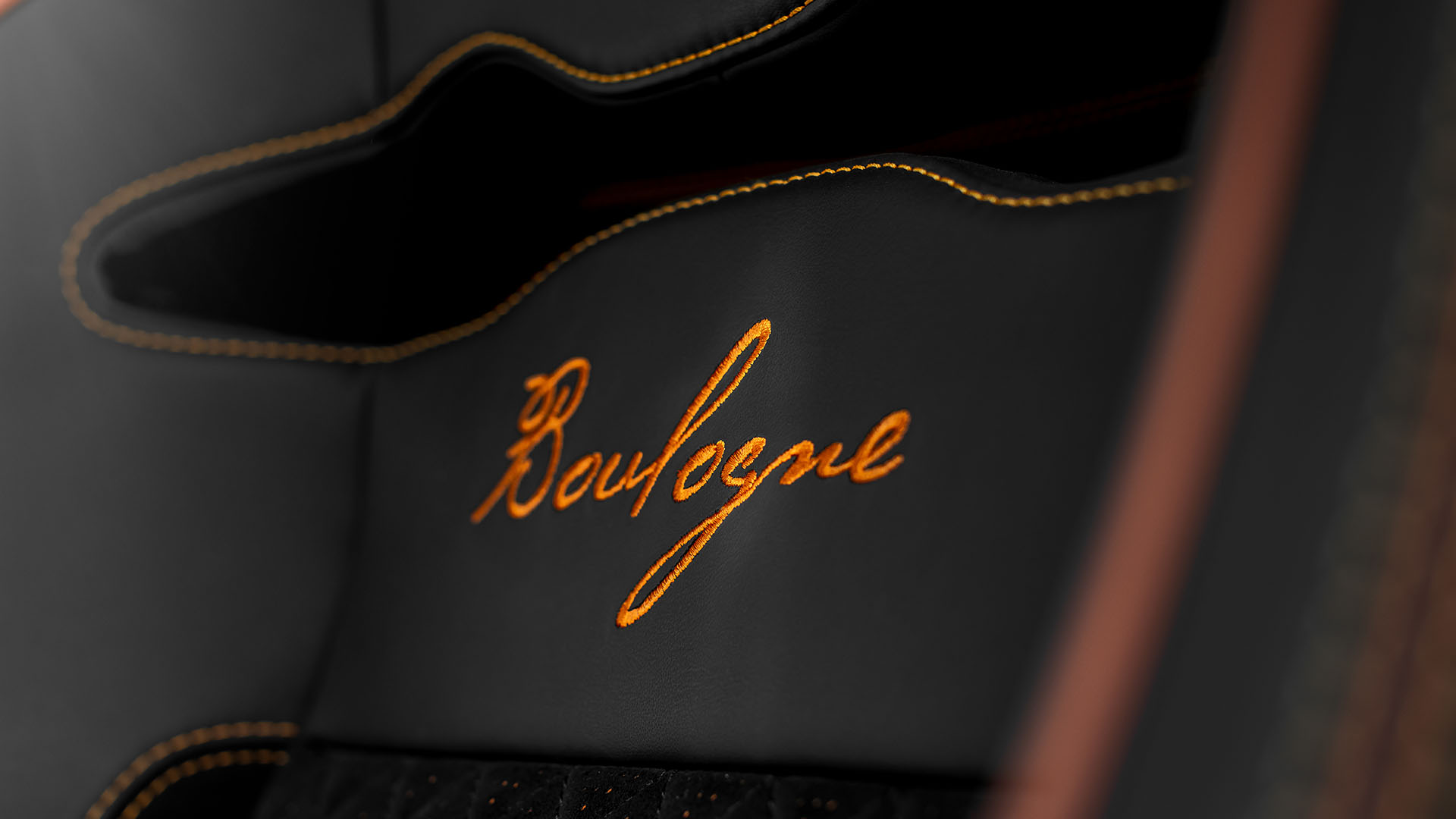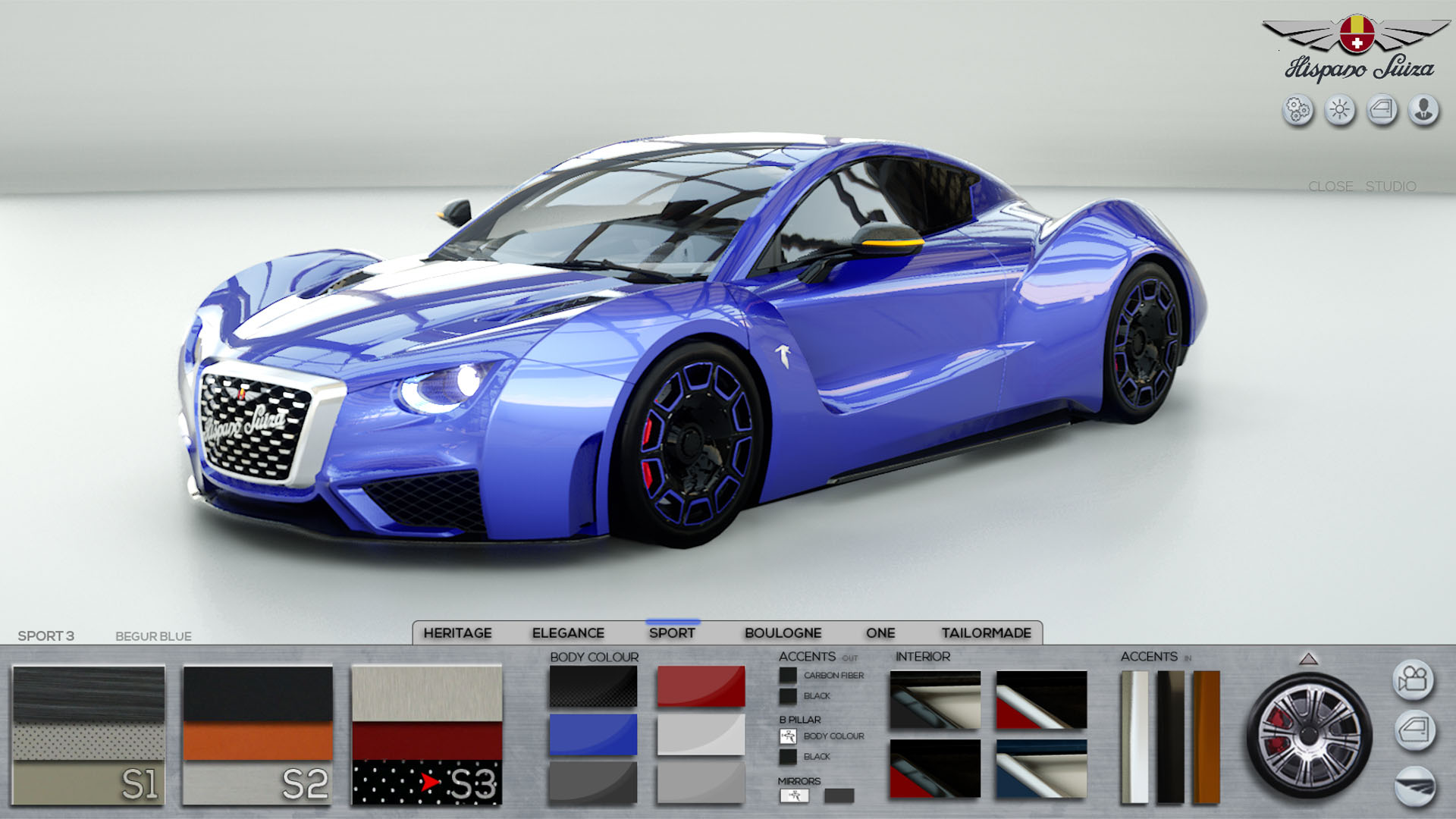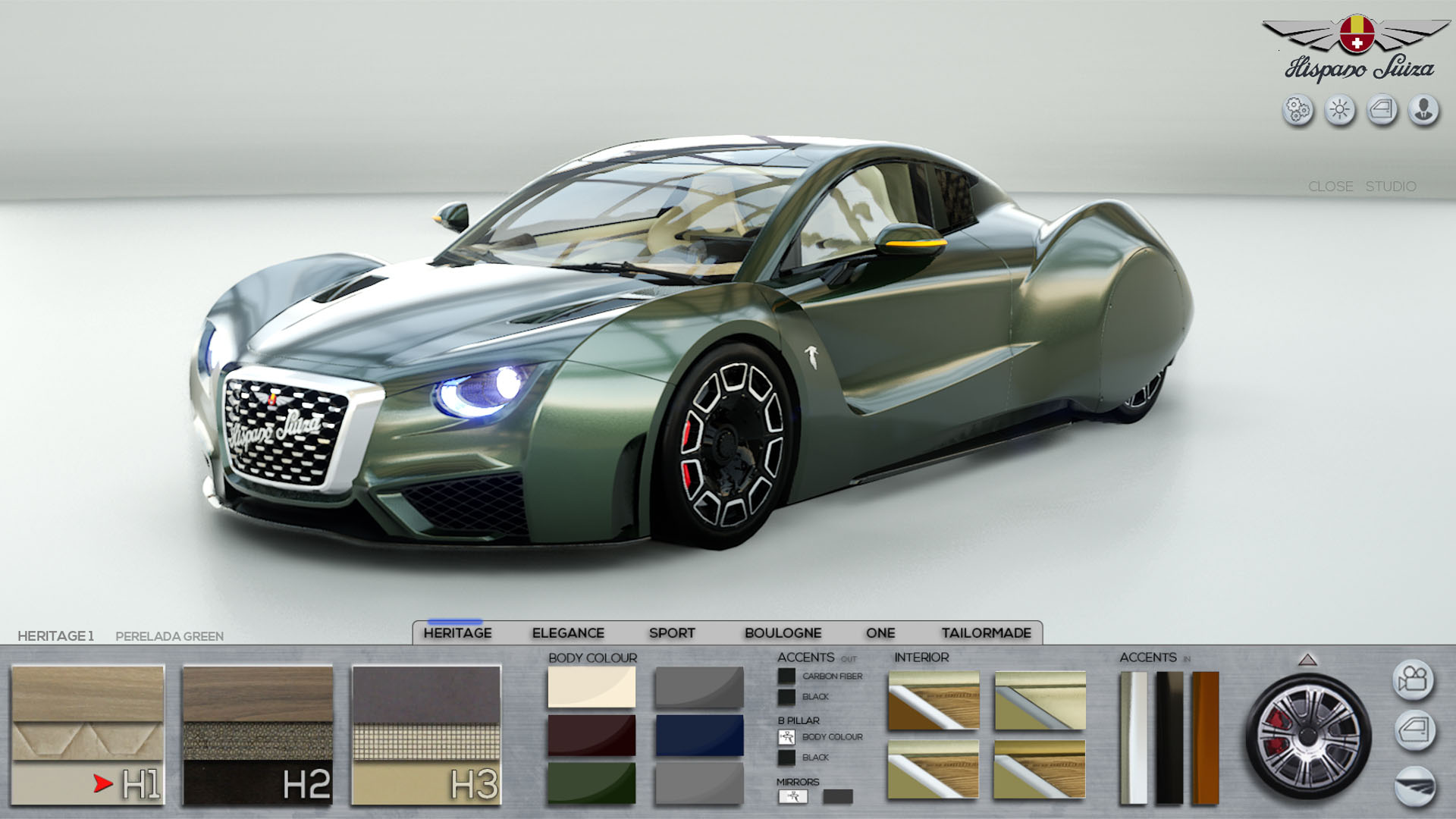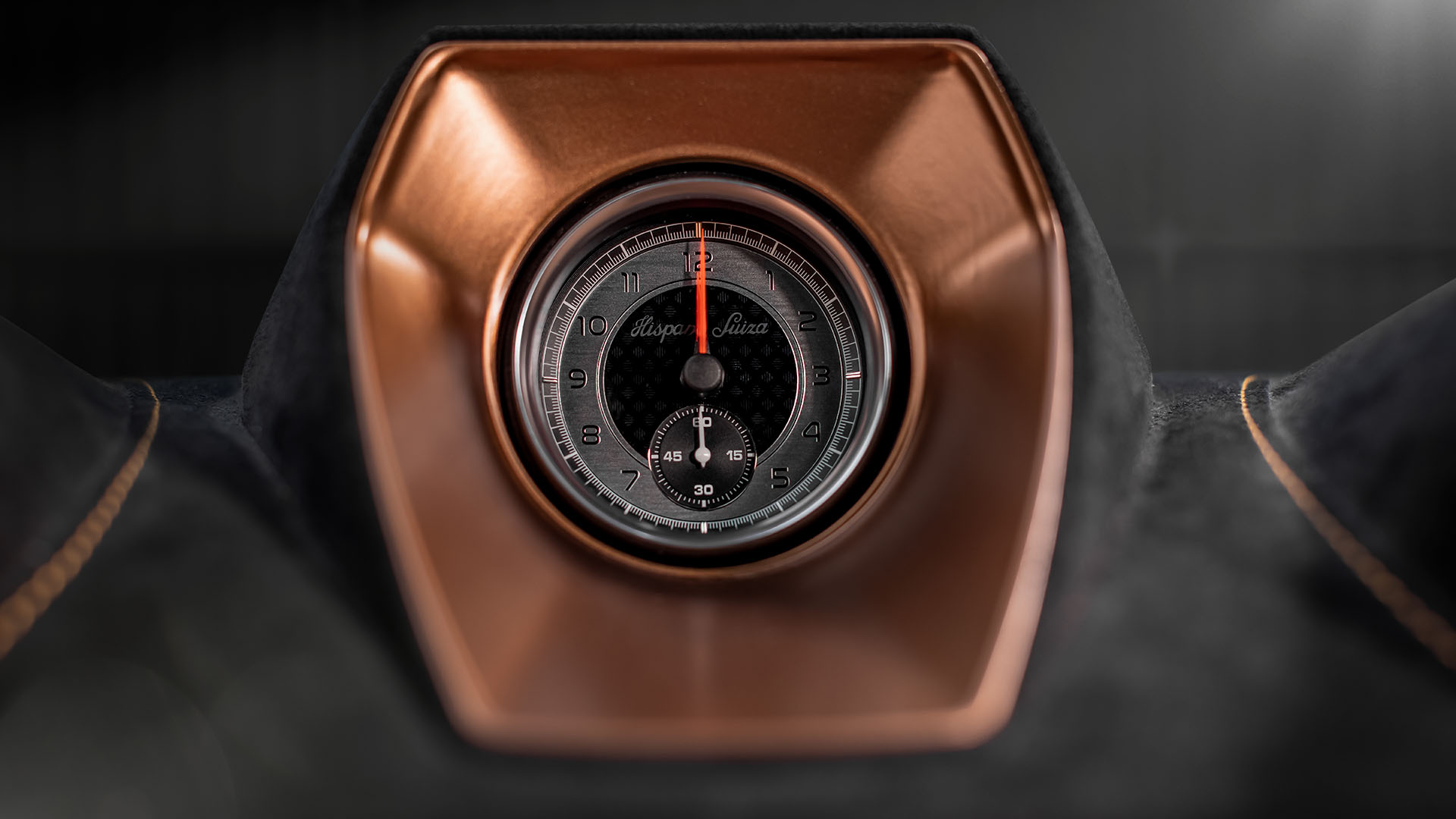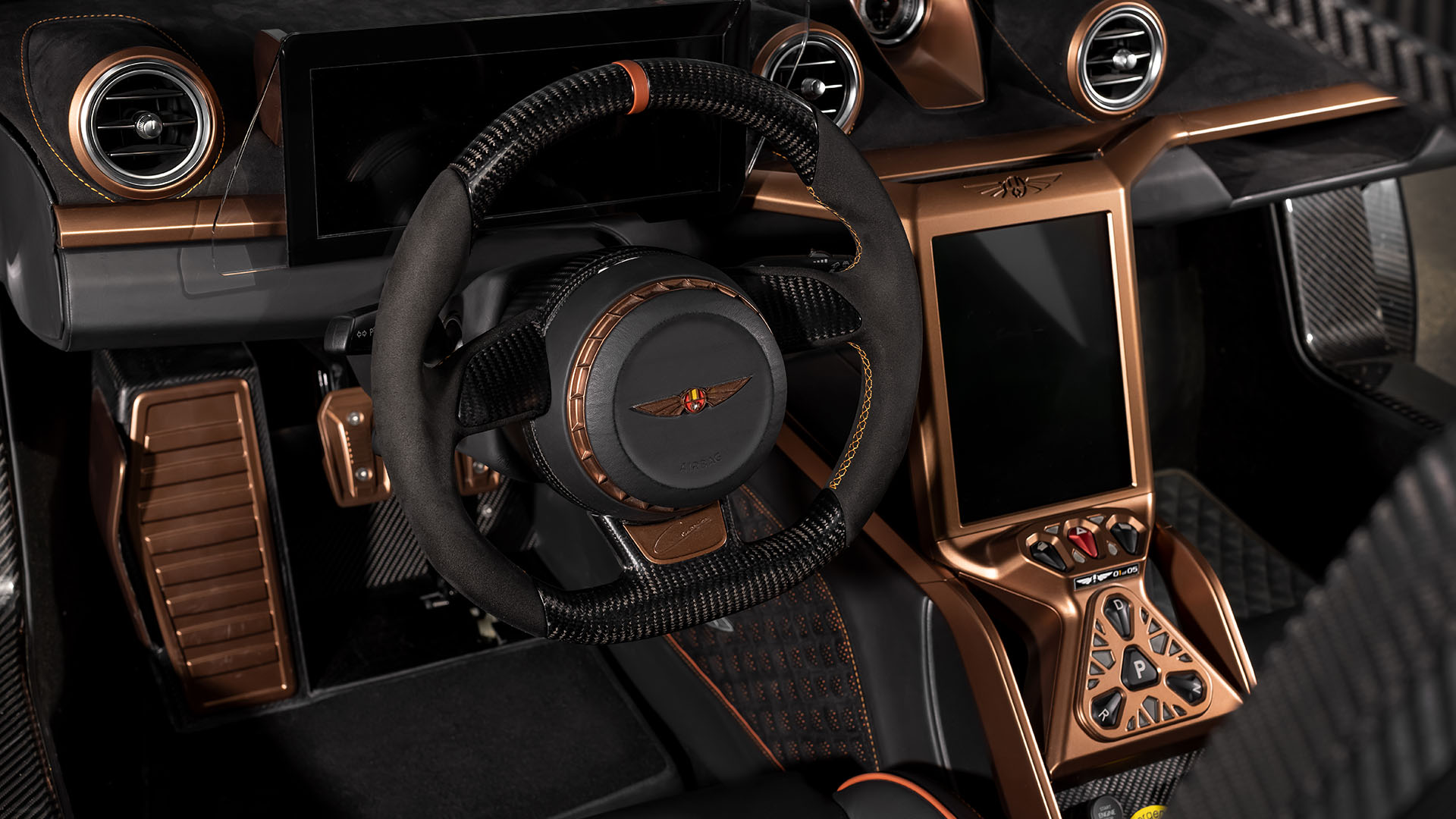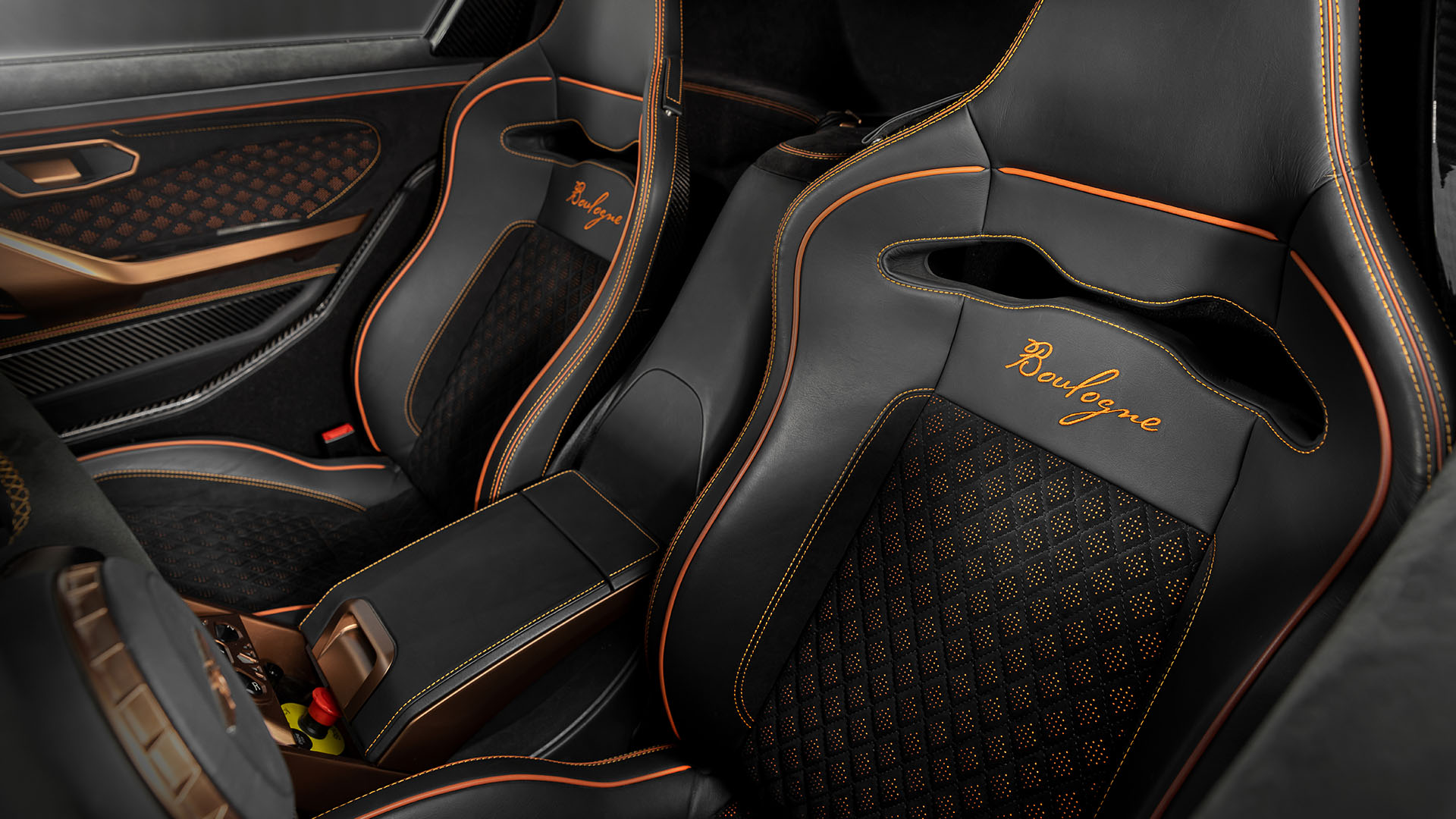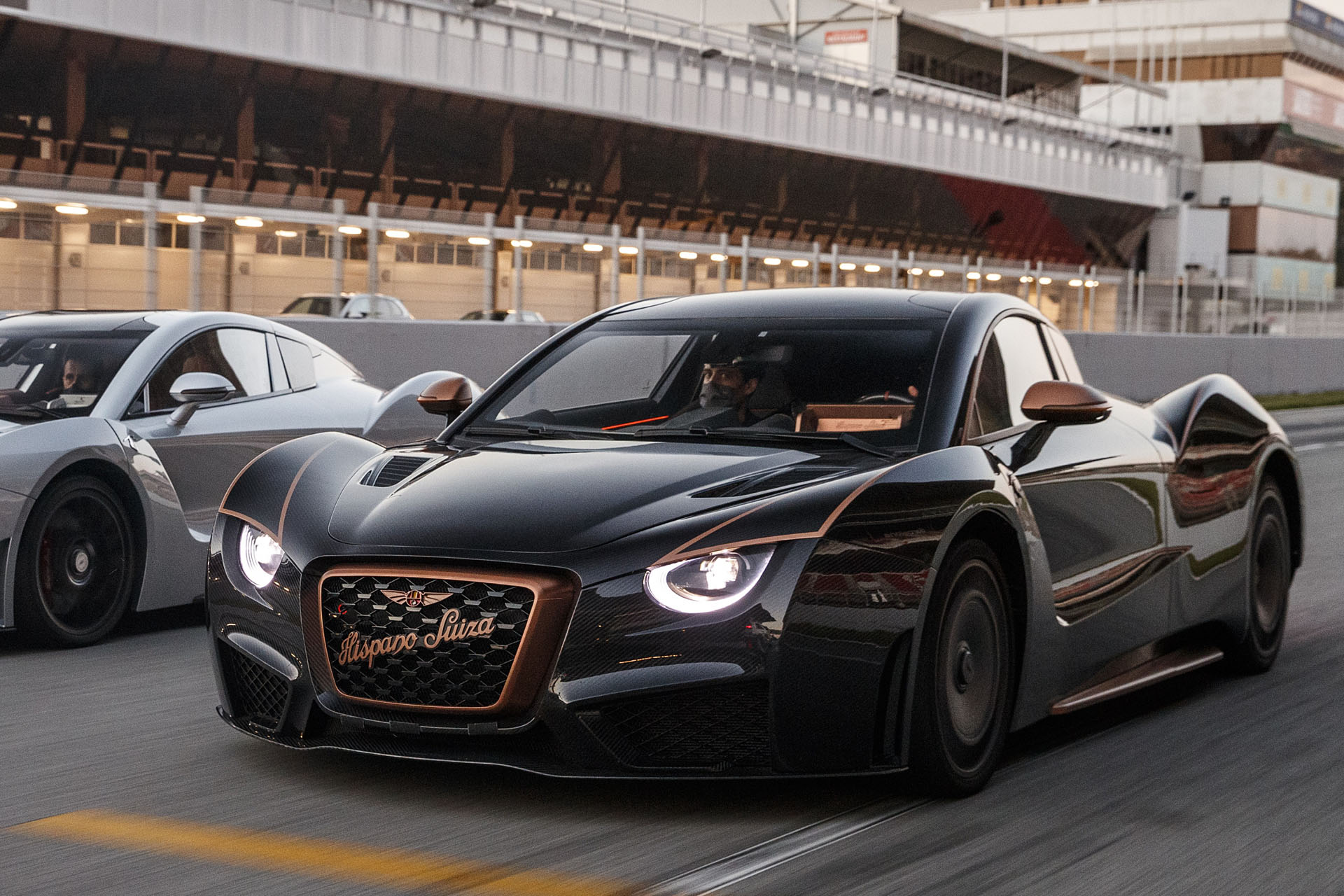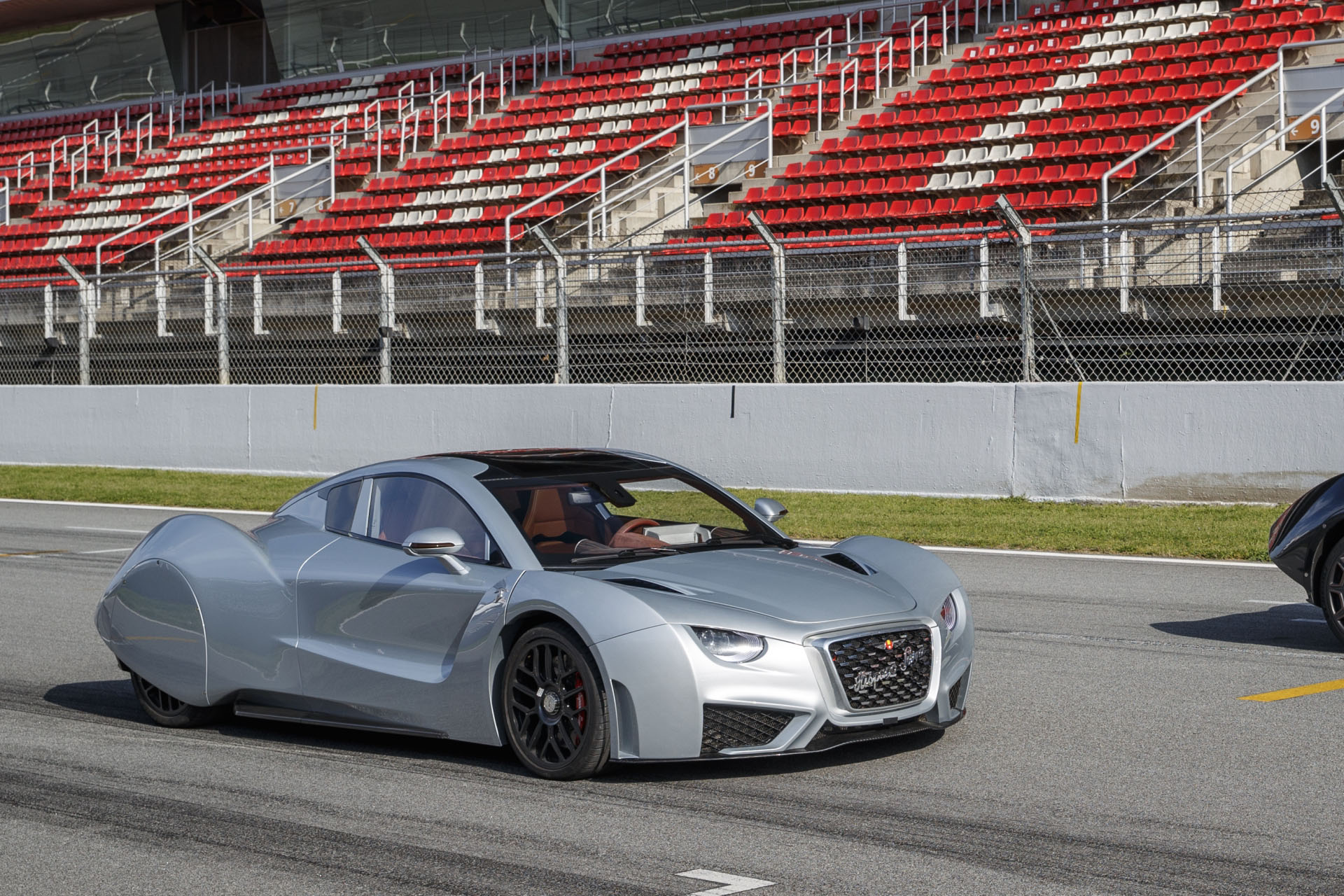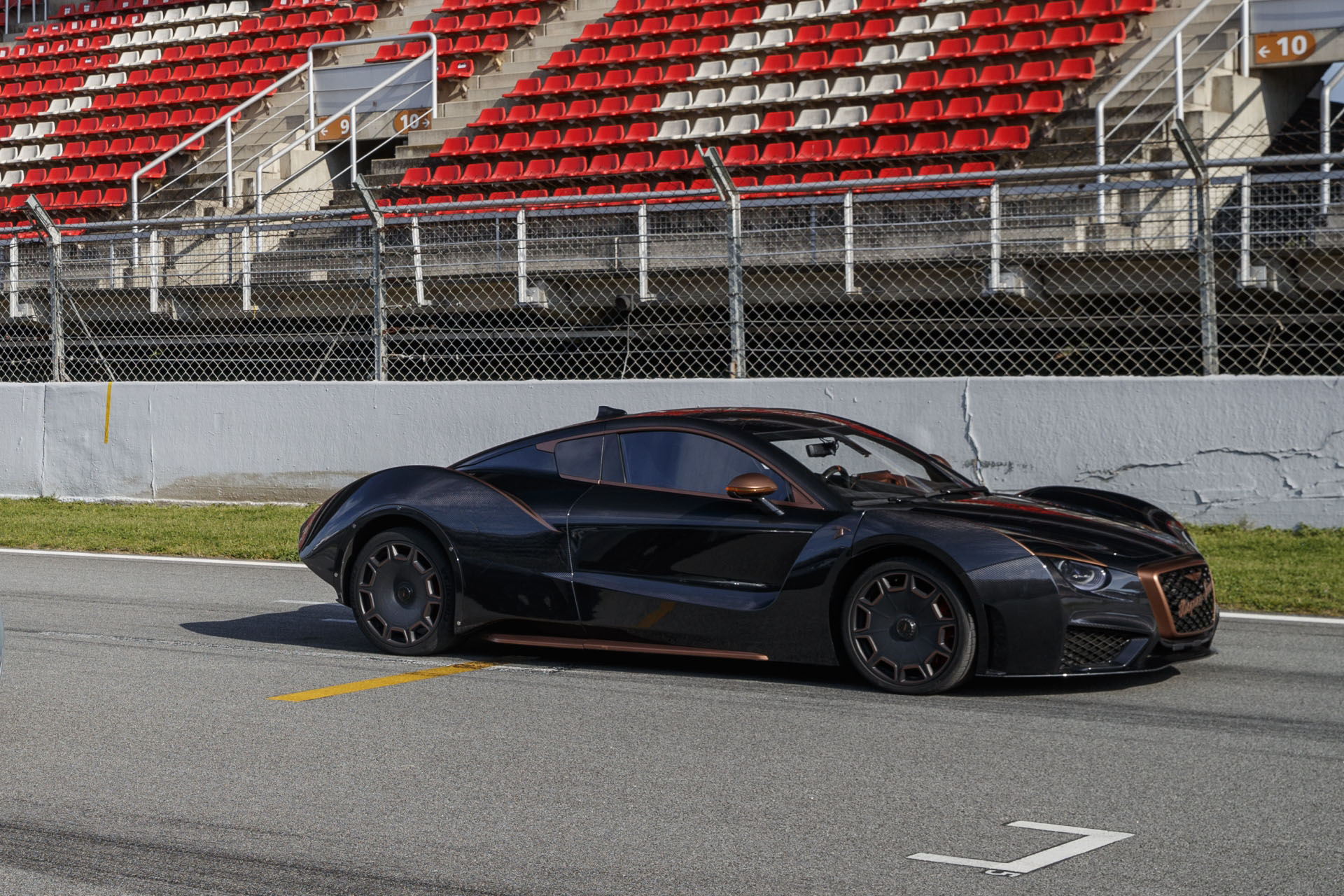10 things you didn´t know about Hispano Suiza
Hispano Suiza Fábrica de Automóvil S.A. is a company that dates back to the ‘old days’ of automotive history, between 1904 and 1946 they not only created a total of 12,000 luxury high-performance cars but also 50,000 aircraft engines in Spain, sadly after 1946 this glorious name became somewhat dormant … until 2000, when the HS21 supercar was shown in Geneva, followed by the K8 in 2001 and the HS21-GTS in 2002 as evolutions of the HS21 version.

 The 2001 Hispano Suiza K8
The 2001 Hispano Suiza K8But there is a lot more to know about the history of this glamorous car builder, so take a look at the 10 things you might not know about them is the extract from their latest press release below:
1 – More than 100 years of history
Hispano Suiza was founded on June 14, 1904, by Damián Mateu together with Francisco Seix and Swiss engineer Marc Birkigt, who had worked for two companies that had preceded Hispano Suiza: La Cuadra and J. Castro. Birkigt’s experience in the industry was key in laying the foundations for Hispano Suiza.
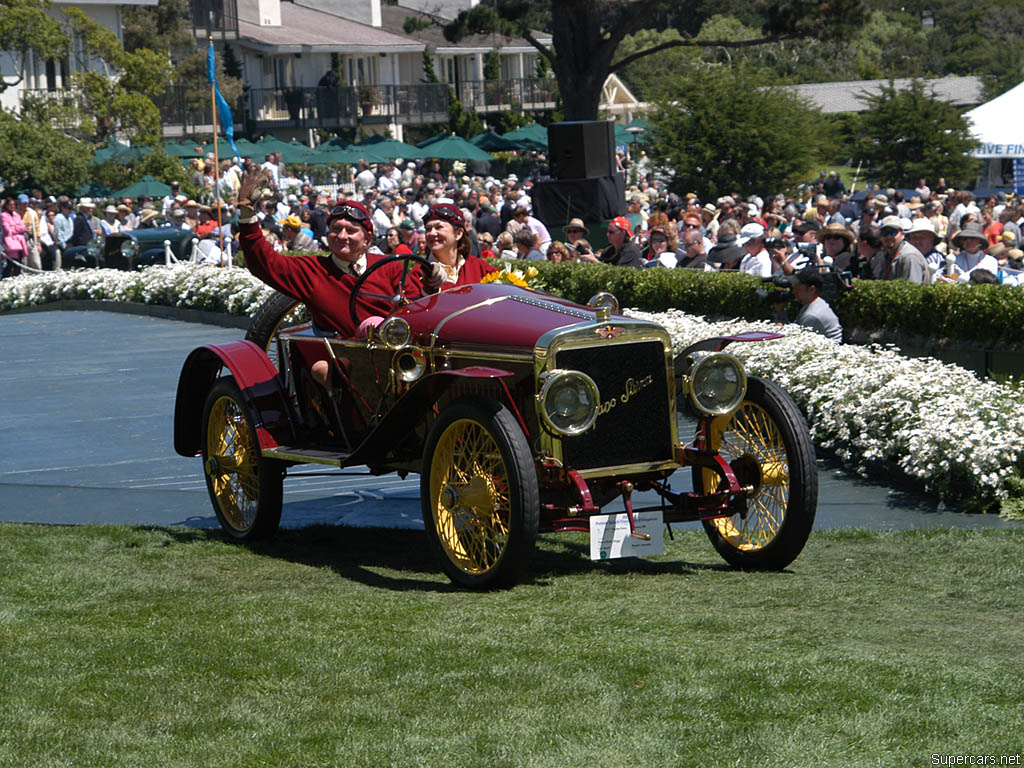

In 1905, Hispano Suiza created their first vehicle, the Armored Type Birkigt System, which was equipped with a four-cylinder engine and 20 CV of power, and which reached a top speed of 87 km/h. It was followed, a year later, by what would be the first car with a six-cylinder engine built in Spain, a model delivering 75 HP of power that completed the Perpignan-to-Paris route in 22 hours, a feat which received great media attention at the time.
2 – Hispano Suiza did not just produce cars throughout its history
During World War I, Hispano Suiza went from producing cars to manufacturing aircraft engines. It was a period of great success for the company: they applied their technological know-how in the manufacture and development of automotive engines to a new field, which brought them great benefits.

 Georges Guynemer and his fighter plane
Georges Guynemer and his fighter planeBirkigt built an aircraft engine that was based on a racing car engine, following the “direct drive” principle, with a V8 layout and aluminum alloy blocks to reduce weight. Hispano Suiza began to receive numerous orders, so many that they had to sell licenses to other manufacturers in France, the United Kingdom, the United States, Italy, Japan and even Russia… In total, more than 50,000 Hispano Suiza engines were built.
Hispano Suiza aviation engines also found their place at sea. The most spectacular engine, a V12 delivering 1,300 HP, was mounted on a series of racing boats, including the so-called Aurora, built in 1935. Birkigt collaborated in the assembly of this boat, which was auctioned a few years ago for a figure close to a million euros.
3 – King Alfonso XIII
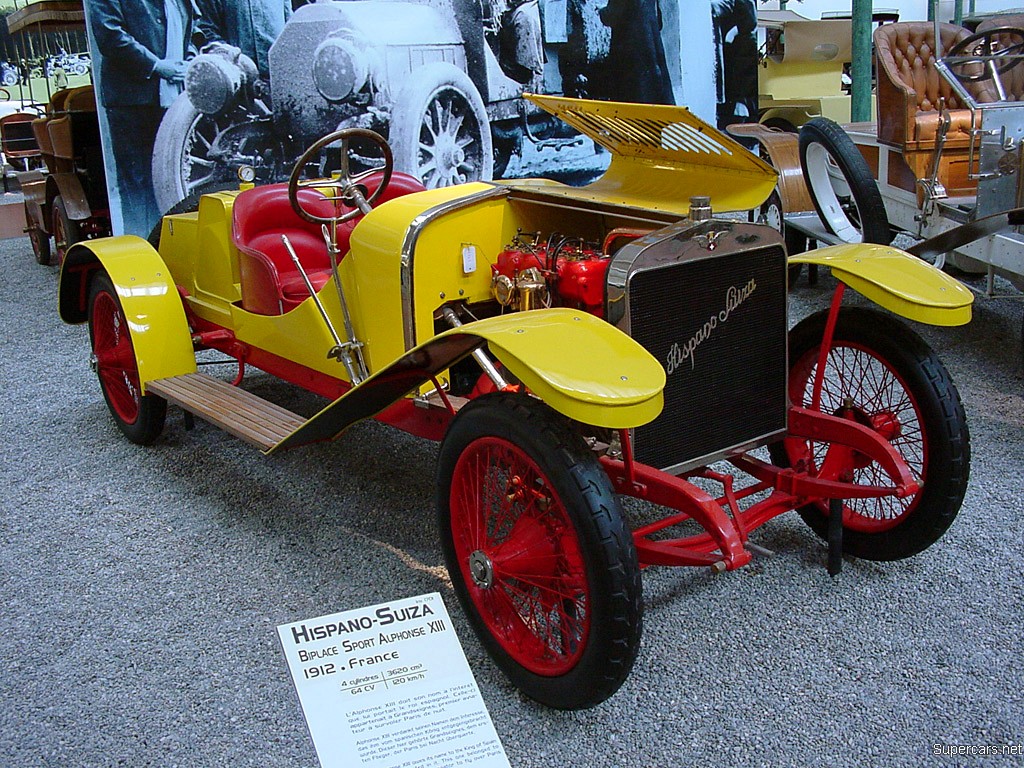

King Alfonso XIII played an important role in the early days of Hispano Suiza. The monarch was a car enthusiast, who instantly fell in love with the 20CV Hispano Suiza that he drove in in 1905. So much so that in 1910 he became a shareholder, purchasing 8% of the company shares. King Alfonso XIII also had a car named in his honor, a two-seater sports car, with a 3,619 cc four-cylinder engine, delivering 60 HP, with a top speed of 120 km / h. It was the Hispano-Suiza T45, better known as Hispano Suiza Alfonso XIII.

 King Alfonso XIII of Spain with Hispano Suiza
King Alfonso XIII of Spain with Hispano Suiza4 – A car for the elite
Thanks to the performance of its vehicles, which combined speed with lightness and amazing driving sensations, thanks to its luxury materials, the handcrafted to the highest quality standards, Hispano Suiza immediately rose to fame.
In addition to King Alfonso XIII, the vehicles of the Spanish brand were chosen by aristocrats, intellectuals, and the most renowned artists in the world, such as Gustavo V of Sweden, Carlos II of Romania, Louis II of Monaco, Pablo Picasso, André Citroën, Coco Chanel, René Lacoste, Paul McCartney or Albert Einstein.
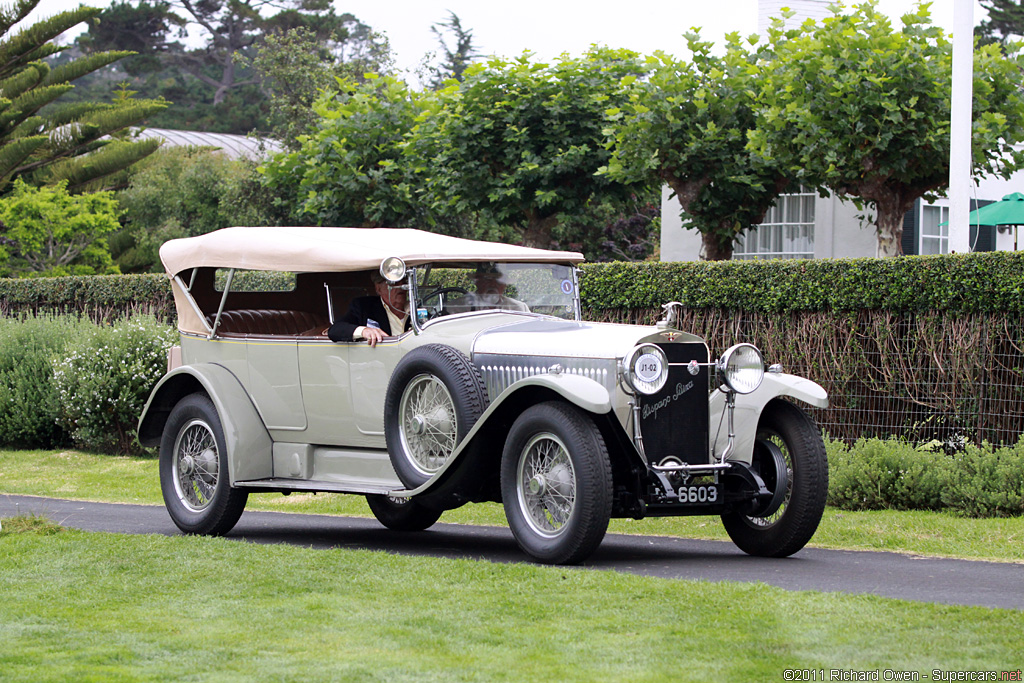

The history of Hispano Suiza cars has always been closely linked to clients with high purchasing power, an exquisite taste for luxury and an incalculable passion for the automotive world. Today, classic Hispano Suiza cars are preserved with great care in museums and private collections around the world.
5 – Hispano Suiza, not just a car but an asset of cultural interest
The Hispano Suiza 30-40 HP was an important model in the history of the brand, developed by Birkigt as a replacement for the 20-30 HP. Of all those produced, there was a very special unit custom-built for the Marquis of Zayas and bodied by Francisco Capella.
This model used noble woods and materials such as ivory and silver. The steering wheel was positioned to the right, as it was customary then, and featured mahogany details, ivory handles, beveled glass, automatic blinds, fine cushioned upholstered seats, a perfume diffuser, vases, and numerous details that underlined the elegance and exclusivity of the car. It was a Hispano Suiza made to measure.
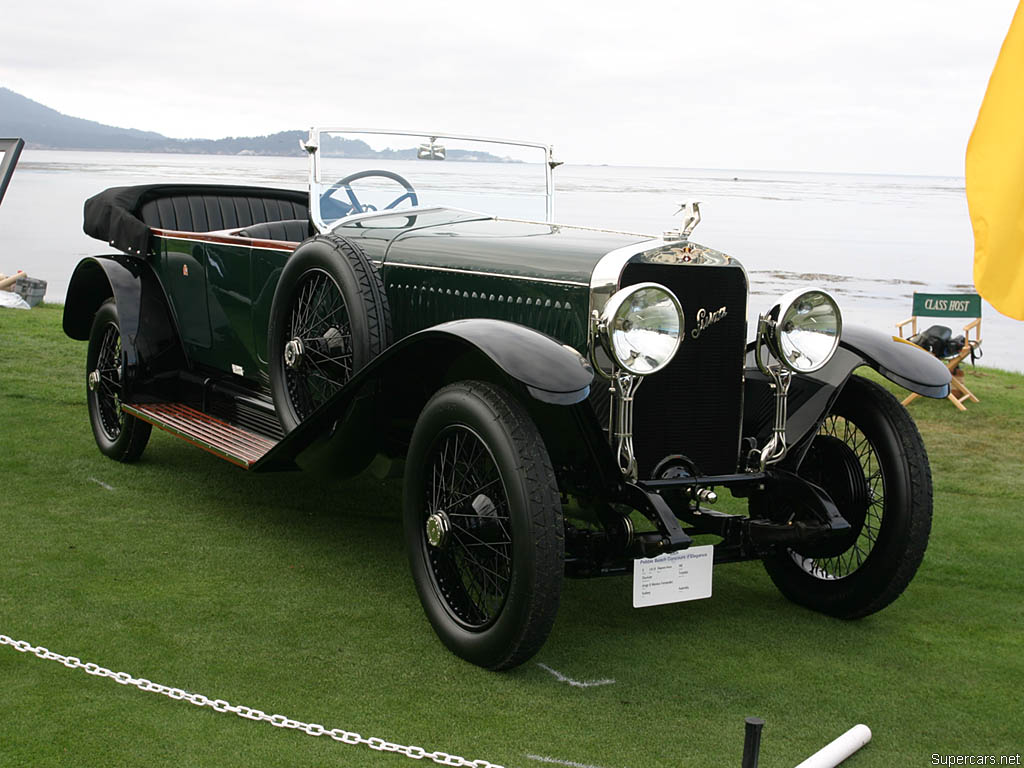

The model, after all cars once belonging to the Marquis of Zayas were auctioned, was acquired by the Spanish Home Office which declared it an Asset of Cultural Interest in 1988, being the first car to achieve this status, which is normally granted to monuments and works of art. The vehicle was then displayed in the Museum of Automotive History located in Salamanca (Spain).
6 – The stork
Hispano Suiza’s emblem, the stork, is a nod to the company’s heritage as a manufacturer of aircraft engines. The brand decided to feature it in all its models to pay tribute to Georges Guynemer, a French fighter ace, who had a stork painted on the fuselage of its fighter jet during World War I, powered by a Hispano Suiza engine.
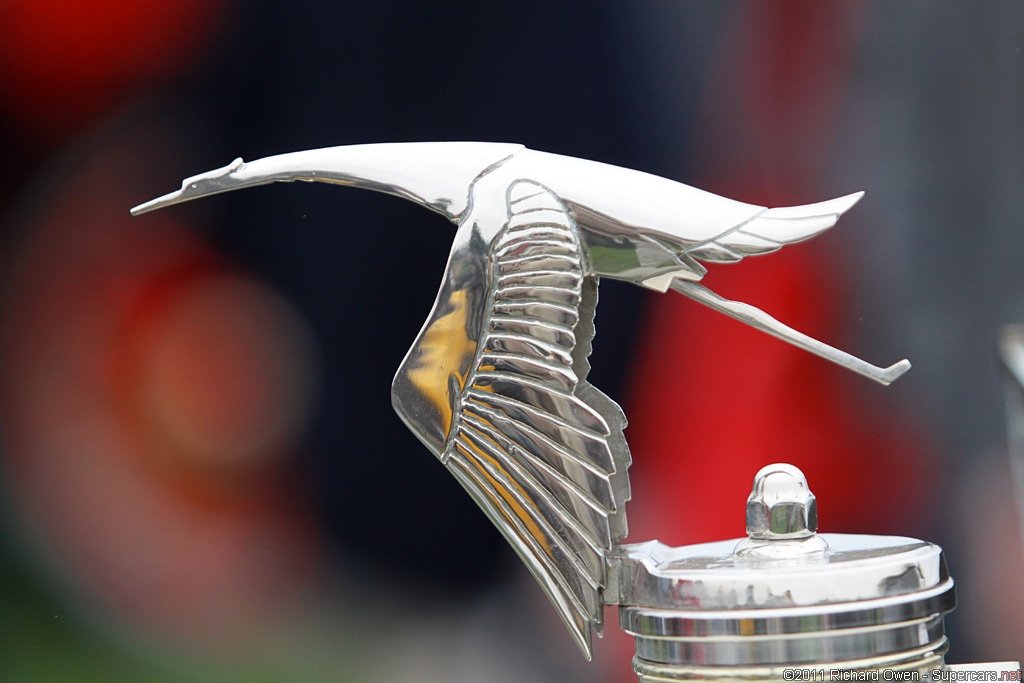

In 1919, the silver stork accompanied the new Hispano Suiza H6B in its presentation at the Geneva Motor Show and, since then, it featured in all the brand’s models, accompanied by the flags of Spain and Switzerland. 100 years later, the stork flew again at Carmen’s presentation, once again at the Geneva Motorshow.
7 – Carmen
Carmen is the name that Hispano Suiza has given to the vehicle with which it made its comeback to the world of automotive manufacturing. It is a model that has already made history; the most technologically advanced that has been designed, manufactured, and developed in Spain. The choice of the name is not a mere coincidence: it is a tribute to Mrs. Carmen Mateu, granddaughter of Damián Mateu – founder of the company – and mother of the current president of Hispano Suiza, Miguel Suqué Mateu.
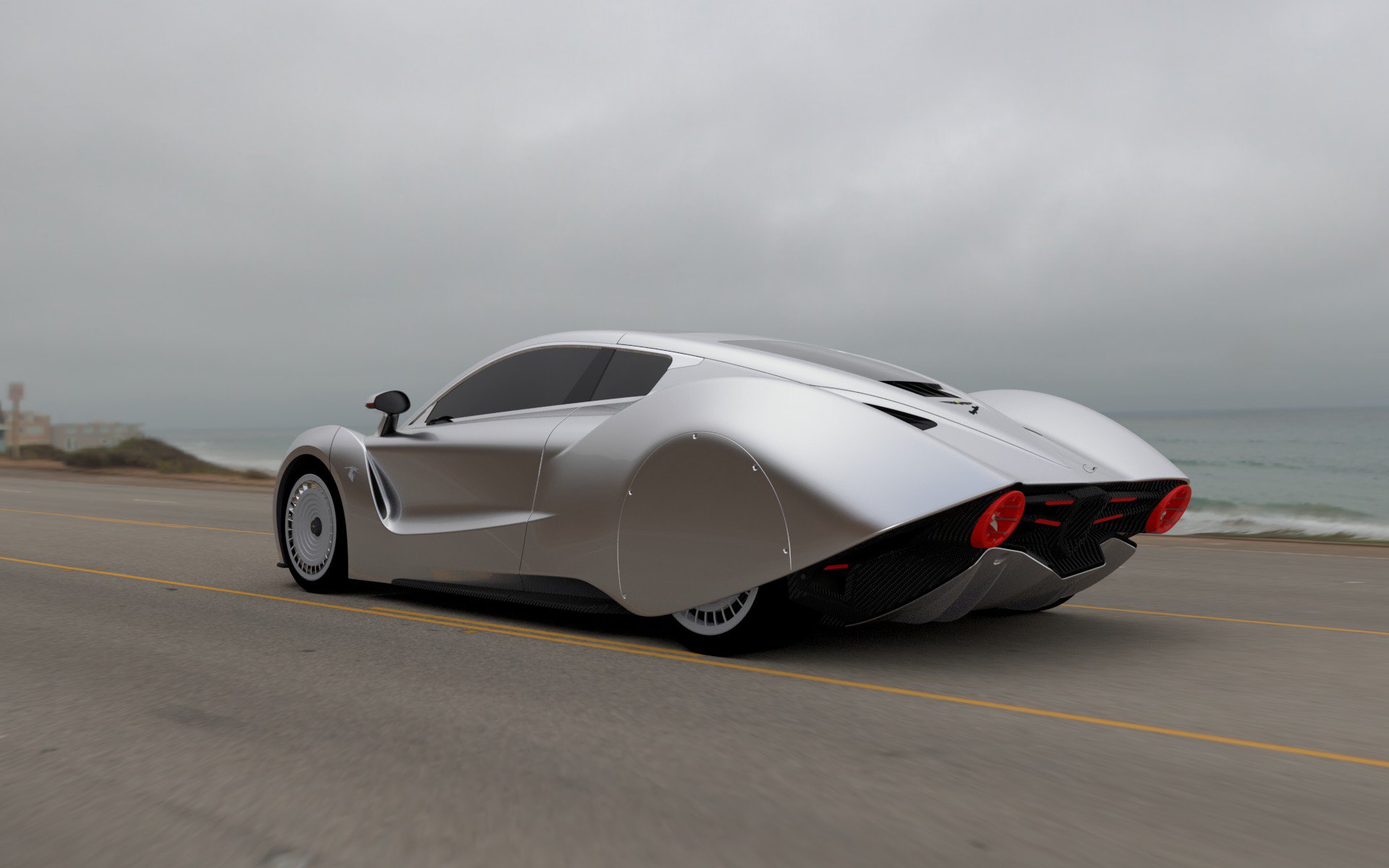

“The name Carmen is a tribute to our mother. When we were debating what to name the new vehicle, we immediately thought of Carmen and the family loved it ”, declared Miguel Suqué Mateu. “She always told me that she wanted to see Hispano Suiza roaring on the streets again, and I am sure that she would be very proud of it. The signature on the back of the vehicle is her original signature.”
The ‘last name’ Boulogne, which is used for the more powerful version of Carmen, is not a coincidence either. It is a tribute to the victories achieved by the Hispano Suiza H6 Coupé in the Georges Boillot Cup, held in the French town of Boulogne-sur-Mer a century ago.
8 – A car made to race
The Hispano Suiza Carmen and Carmen Boulogne have been developed on the racing circuits. For the creation of this very special model, which was presented at the 2019 Geneva Motor Show, Hispano Suiza had the backing of QEV Technologies, a motorsport company that built the first car that went on to win the drivers’ title in the Formula E championship.
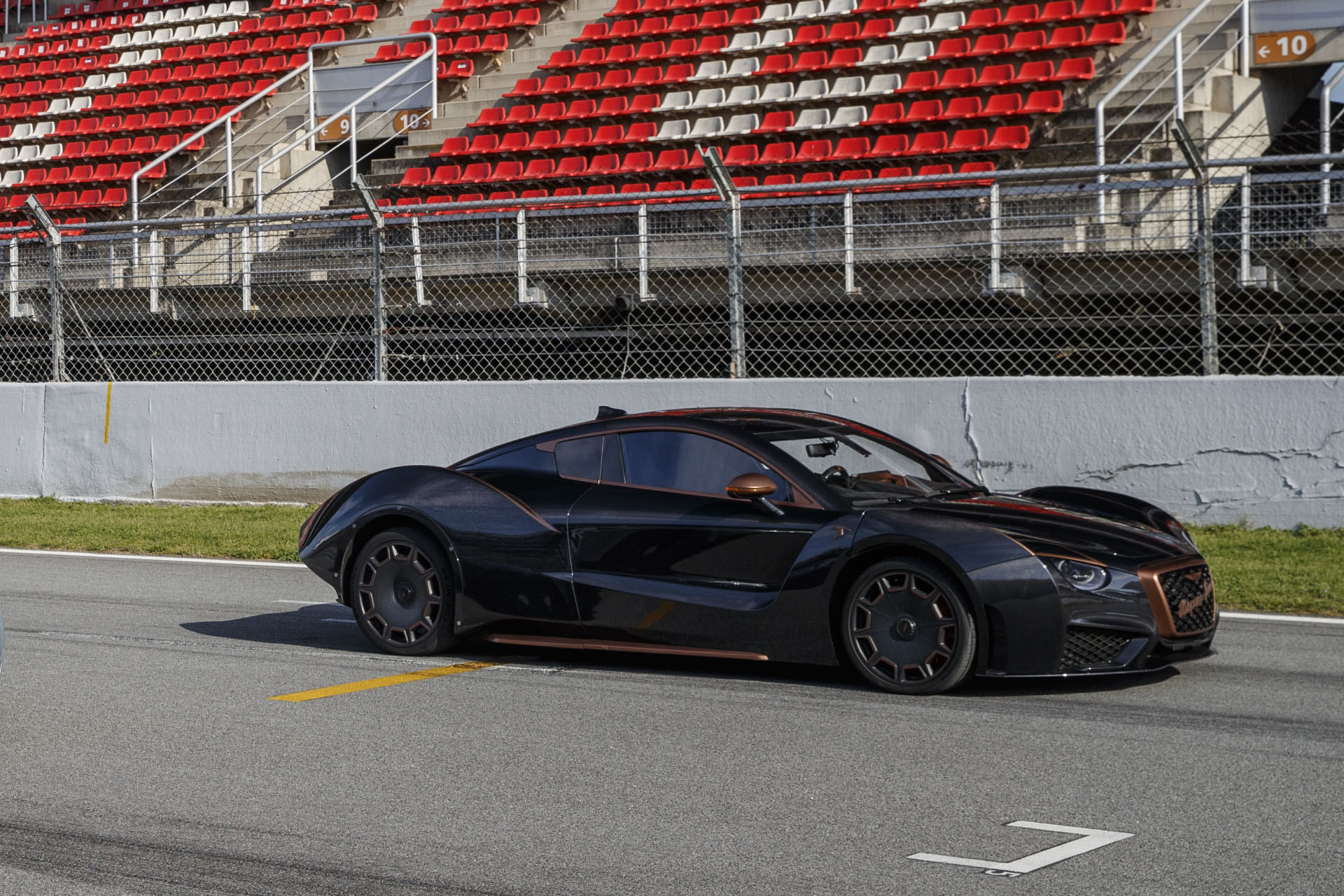

Thus the Hispano Suiza Carmen´s dream performance, typical of a racing car. Its 1,019 CV of power – 1,114 CV in the Boulogne version – and its less than three seconds of acceleration from 0 to 100 km / h, make it one of the most powerful and fastest road cars in the world.
9 – Hispano Suiza has a former F1 driver in their team
After completing the design and manufacturing process, Hispano Suiza handed over the steering wheel to a former Formula 1 driver: Luis Pérez-Sala. Pérez-Sala has been in charge of developing the model on the track and on the road since the Hispano Suiza comeback was announced, and has worked to ensure that the select group of owners of the new Hispano Suiza feel like racing drivers.
In addition to Pérez Sala, Pablo Suárez, an experienced rally and rallycross driver with training as a motorsport engineer, also participated in the development process, bearing witness to the creation of an authentic work of art on wheels.
10 – The opportunity to create the car of your dreams
Each Hispano Suiza Carmen is unique. Thanks to the brand’s Unique Tailormade program, customers have access to a wide variety of options to create the model they have dreamed of all their life. There are 1,904 possible combinations, so no two Hispano Suiza are alike.
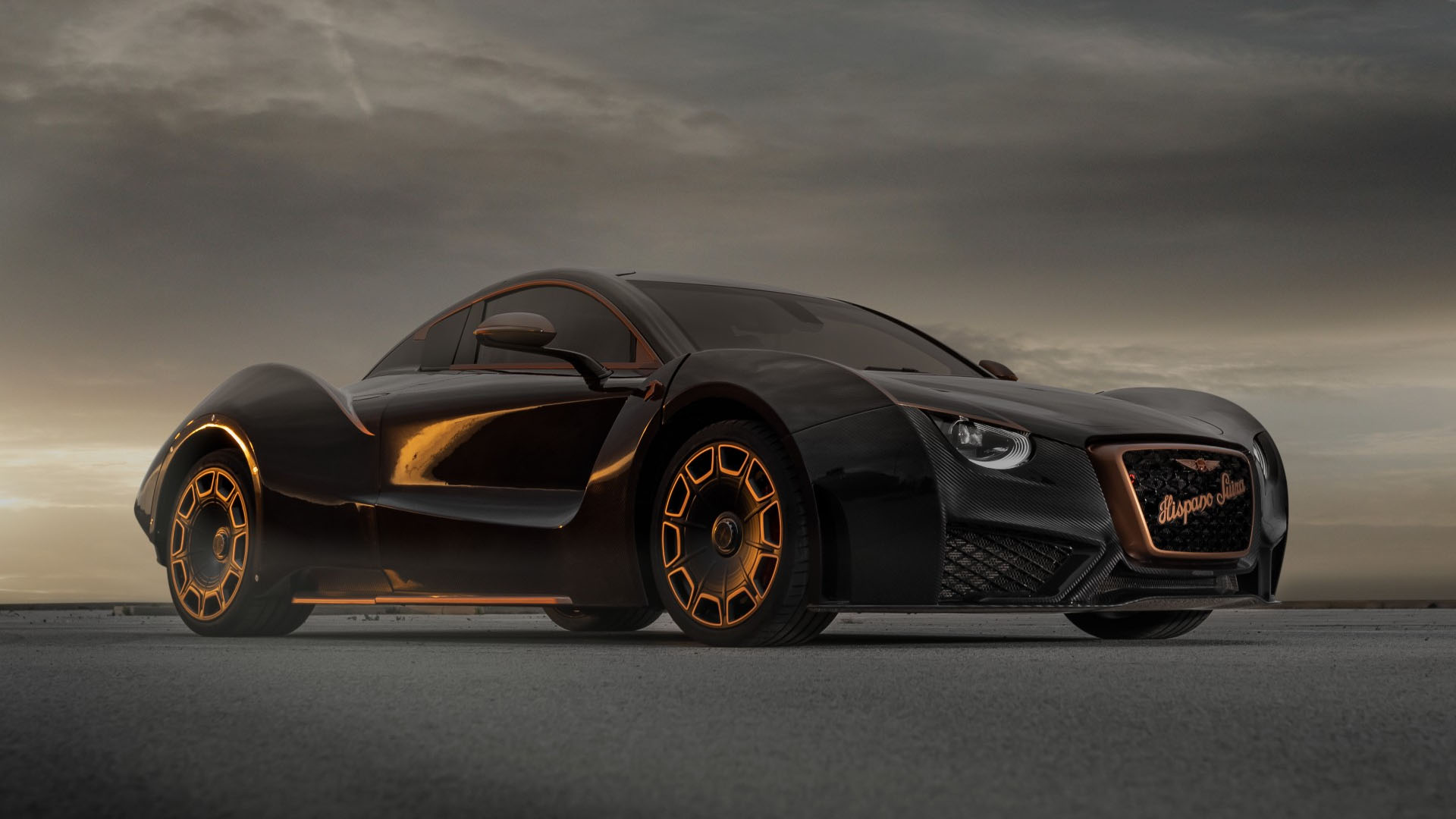
 Hispano Suiza Carmen Boulogne
Hispano Suiza Carmen BoulogneClients can choose between three main configurations that reflect the key values of the brand’s DNA – Elegance, Heritage and Sport – and, based on these, they can choose different colors and materials for the interior and exterior of their car, to add a personal touch to the design and adapt it to their individual tastes. Colors have been chosen and named in a tribute to the history of the brand, and include Peralada Green, Swiss Red, Xenia Gray, Birkigt White, or Begur Blue, among others.
Hispano Suiza is part of the Peralada Group, which represents the pinnacle of luxury in gastronomy and entertainment through its global portfolio of casinos, restaurants, hotels, golf courses, vineyards, music festivals, and marinas.


